About Construction Safety
By Sam Butterworth
Did you know...
Employment on a construction site is one of the *most dangerous* working environments?
When you think of dangerous jobs your mind almost certainly goes to professions like soldiering, Formula 1 racing and mining, machinery, confinement, hazardous substances, heights, extreme climates, etc. – these are qualities which define stereotypically “dangerous” professions, yet they're also common factors at play in everyday roles in construction.
From using equipment with inadequate protection to lifting heavy materials incorrectly; the number of ways in which construction workers can fall prey to workplace hazards is almost infinite.
The repercussions of falling victim to such hazards are incredibly varied, from minor injuries and ongoing illnesses, to life-altering accidents.
It's not just about construction safety and minimizing risk on the job site
Although there is no such thing as a “100% safe & sound” construction site, work must go on … skilled professionals in the sector must continue to ply their trade … contractors must keep building.
In reality, risk needs to be assessed and managed every day on a job site because of the continual dangers present.
This article is intended to show you that…
It's about construction safety and how to minimize risk on the job site to the greatest degree possible
The solution is a complete plan, implemented systematically and rigorously, when it's about construction safety.
There's no cutting corners here.
With the right level of organization and a clear, comprehensive checklist to abide by, the risks present on a construction site can be managed, particularly when risk management procedures are drilled into your workforce and your management team on a daily basis.
It may not be particularly enjoyable, and it may be time-consuming, but this type of due diligence is absolutely essential to ensure an “as safe as possible” construction site which is why…
The following procedures about construction safety are an absolute must
Keeping the site secure
A secure site is not just a security issue, it's also crucial for protecting the public from injury and your company from injury libel suits.
If individuals are able to enter your premises and incur injury you can be held liable.
That's not to mention the weight on your conscious of something bad that happened to a person simply because your employee didn't know the proper safety procedures for the situation.
Alongside tight security, your site should also include all the facilities needed to keep workers safe, clean, and comfortable.
This includes designated safe, hygienic zones where construction workers can eat, wash, use the bathroom, and take breaks.
Clothing and equipment
Ensuring workers on site have the appropriate protective equipment and clothing is vital, for example:
- Clothing in high visibility colors can help reduce the risk of accidents
- Hard hats must be worn on construction sites at all times and must be given regular inspections to confirm their integrity
- Protective work boots are another essential, non-negotiable safety staple
If workers are operating particular pieces of equipment on site, there are certain essential items of clothing that must be worn, for example:
- For tasks such as operating power tools and welding all workers must be equipped with appropriate safety gloves
- For tasks involving chemicals or hazardous substances all work must be completed while wearing safety glasses and/or face shields
- For many tasks that are performed 'in the air' protection harnesses must be worn
Ladders and scaffolding
Working 'in the air' is one of the riskiest tasks for construction contractors with ladders and scaffolding accounting for a huge percentage of accidents and injuries in the industry.
A fall - even a short drop - from a ladder or scaffold can incur major injuries and, in the worst cases, death.
This makes strong safety rules absolutely critical.
Key precautions when using scaffolding include:
- Ensuring scaffolding is erected a minimum of 10 feet from power cables (check to see if requirements in your area are more stringent)
- Making sure all scaffolding is routinely inspected by a qualified engineer
- Implementing toe boards and guard rails for greater awareness of positioning
- Installing safety nets to reduce injury should a fall occur
Key precautions when using ladders include:
- Use the ladder that is appropriate for the job - while also making sure that it's very sturdy
- DO NOT use aluminum ladders when working close to electrical wires
- Ensure that extension ladders recline 1 foot for every 4 feet of height to ensure a stable base (check to see if requirements in your area are more stringent)
Electrical
Electricity is a major risk factor on construction sites and, as such, should be handled with extreme care.
Precautions to minimize the danger of electrical injury must be included within your safety program (for *all* contractors that work on projects where electrical work is present - *not* just for electrical contractors themselves).
One of the most crucial precautions that an electrician must take includes implementing safety switches to ensure any surges or irregularities in the system would cause it to instantly shut down.
However …
While safety switches can save lives they are by no means precaution enough to ensure good electrical safety.
You must also:
- Ensure no power point is overloaded - use other power sources and/or remove inactive equipment to prevent overloading
- Make certain all unused power sources are fitted with safety plugs
- Calculate, clearly label and abide by the maximum voltage for every power point
- Clean and maintain every power source thoroughly and regularly
- Never clean power sources or switches with damp or wet materials
And that's just for starters!
When you dig into it you may find that you need a much 'wider' safety checklist than you realized
This is by no means a comprehensive checklist about construction safety nor does it provide any type of legal advice; please check the regulations in your area to make sure you're in compliance.
There are hundreds of areas which require constant vigilance and attention if you want to reduce risks and increase safety on site.
Individual appliances and equipment, for example, will all come with their own long list of crucial checks and protocols - which can increase the safety requirements of a project.
Instead, this list contains a few key areas to give you ideas about construction safety and how your own business is doing in keeping your employees safe.
-----
Author bio: Sam Butterworth is a writer and works with health & safety supplier UK Safety Store. They provide all kinds of safety clothing, equipment, and signage to the construction industry.
Let's chat! Do you have anything to add about construction safety? Please share in the comments section below. :o) Thank you so much! Diane
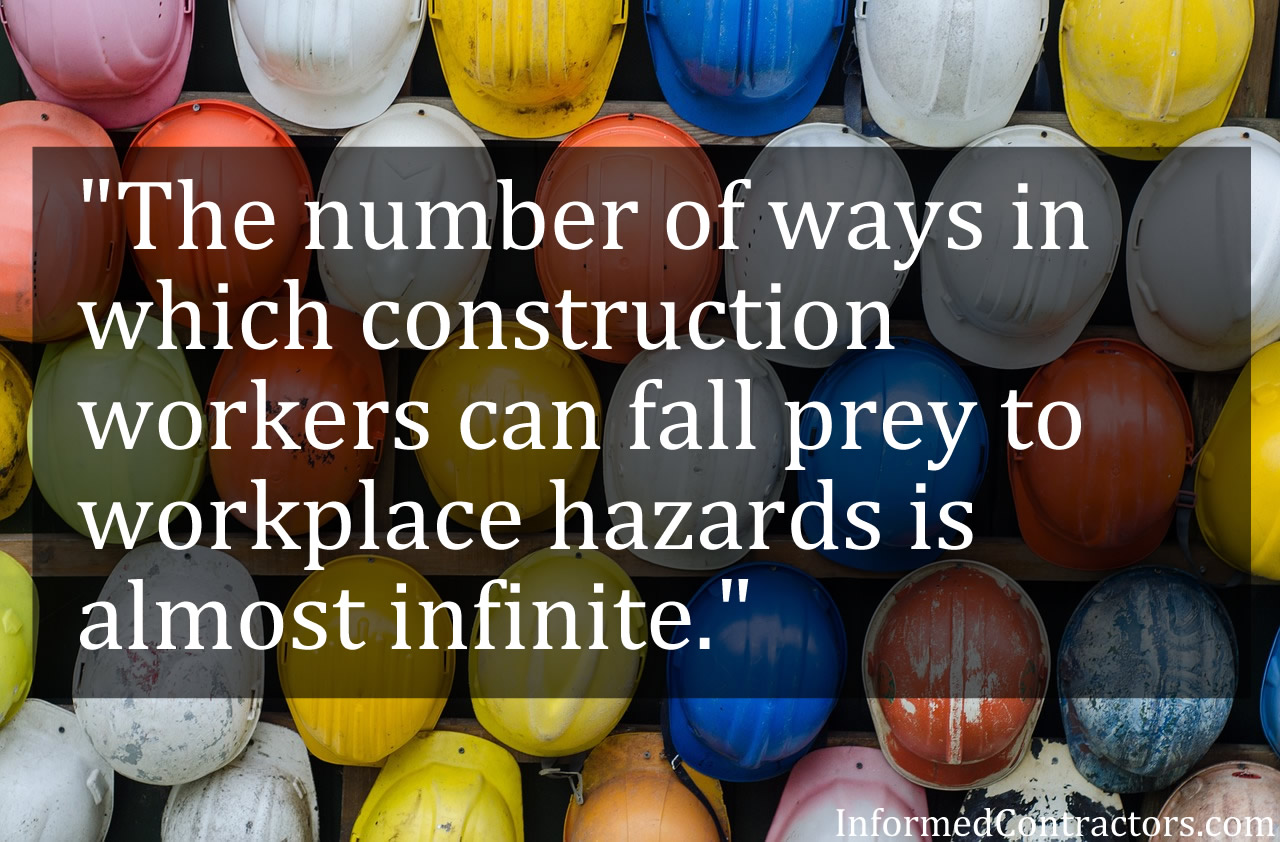
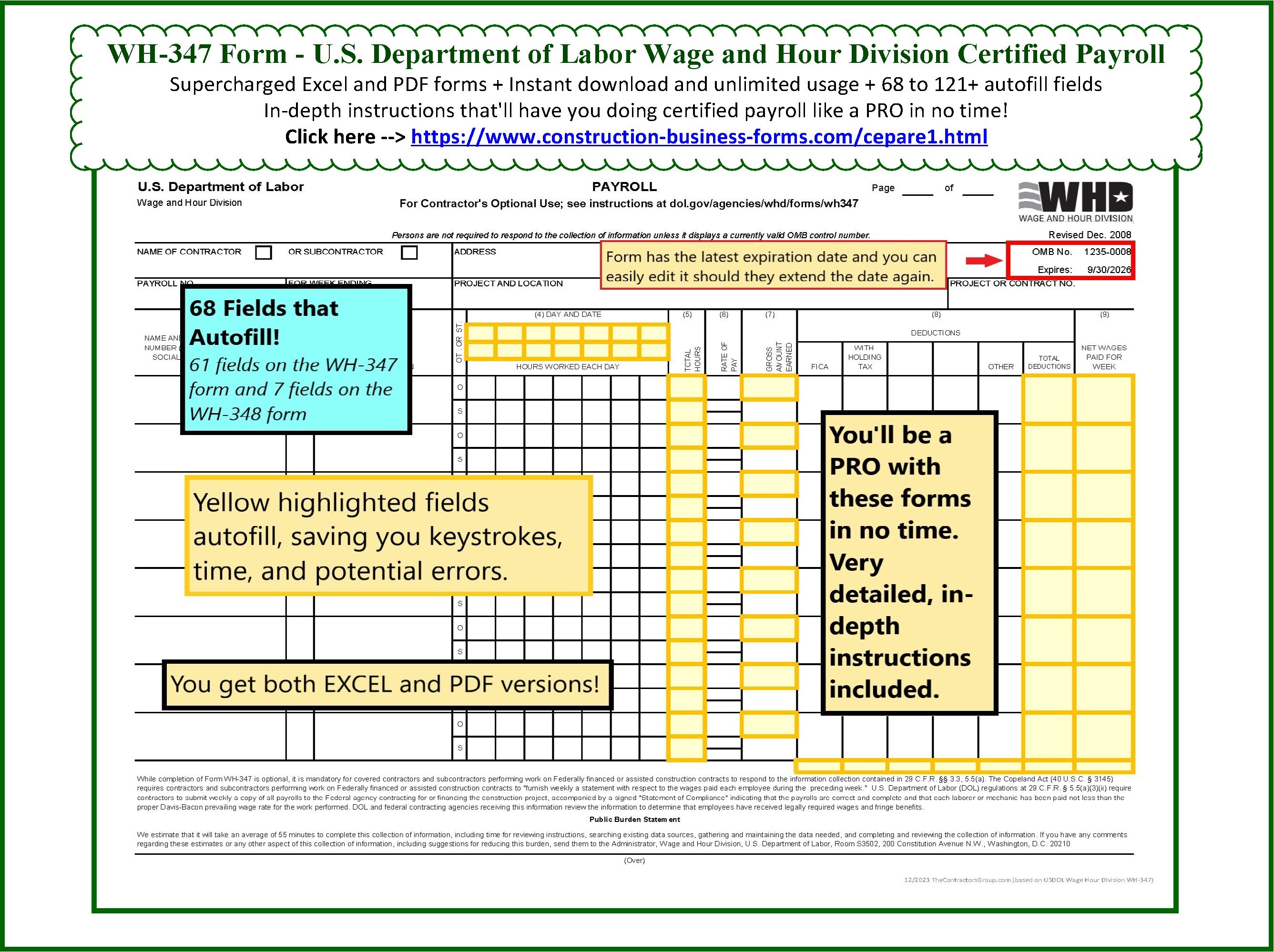
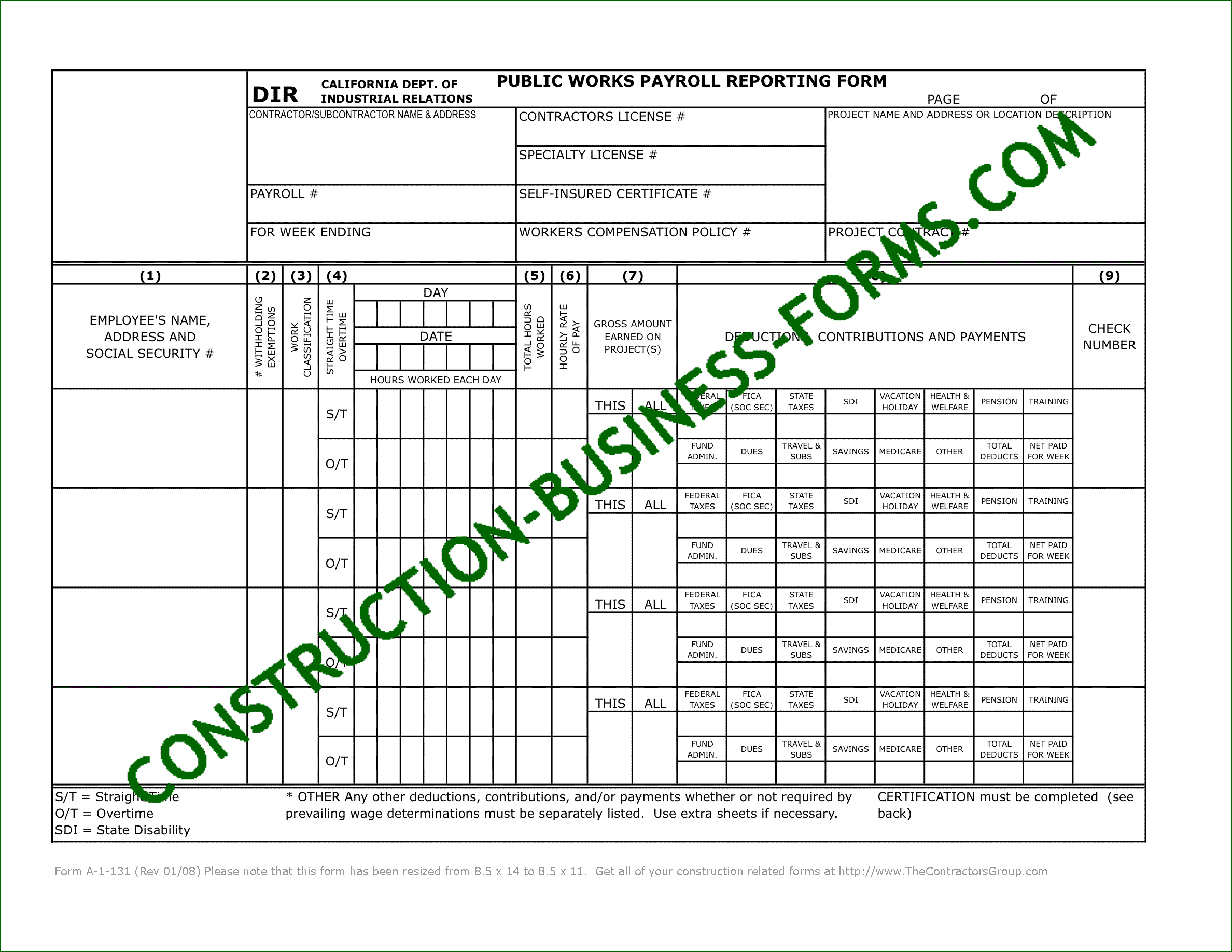

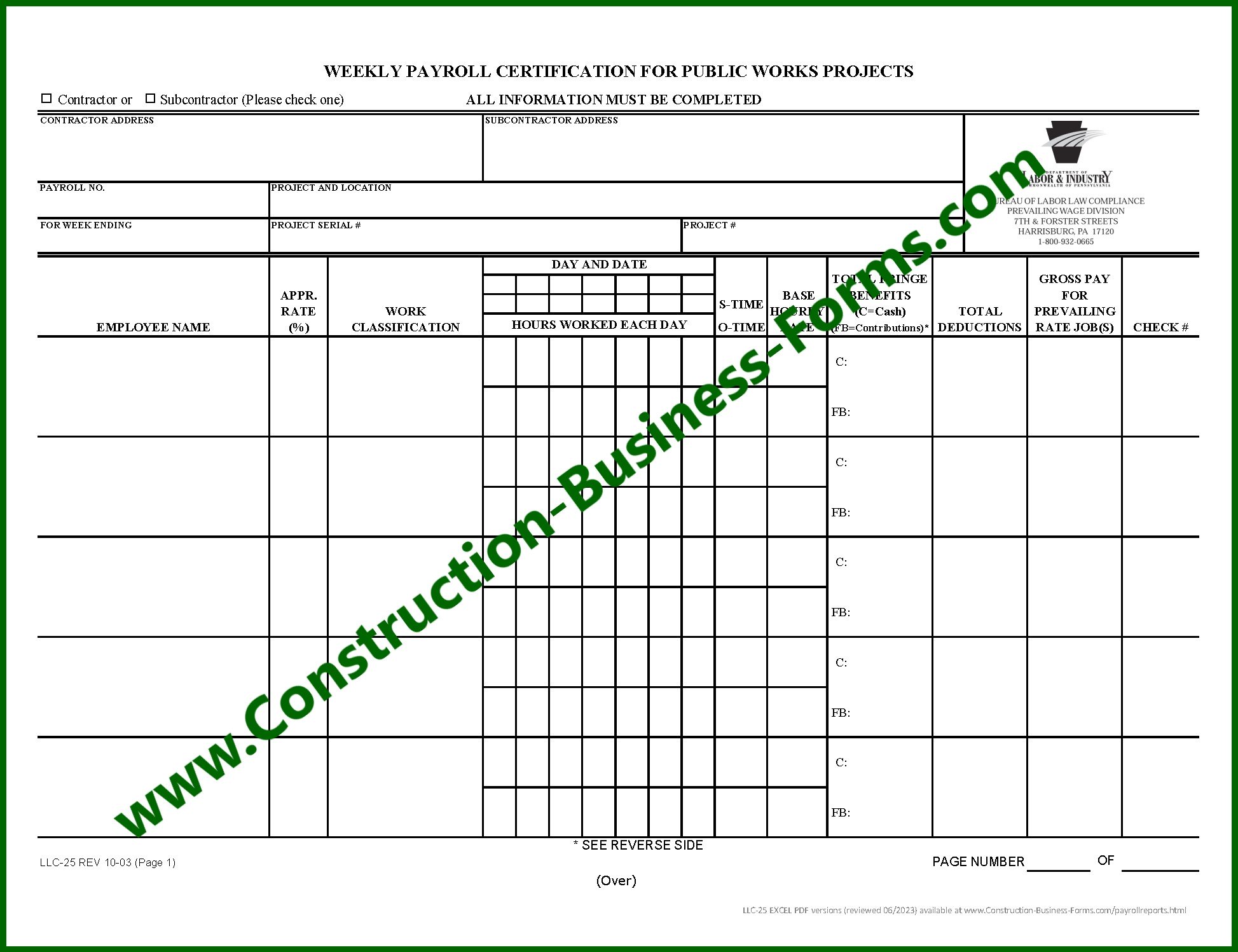
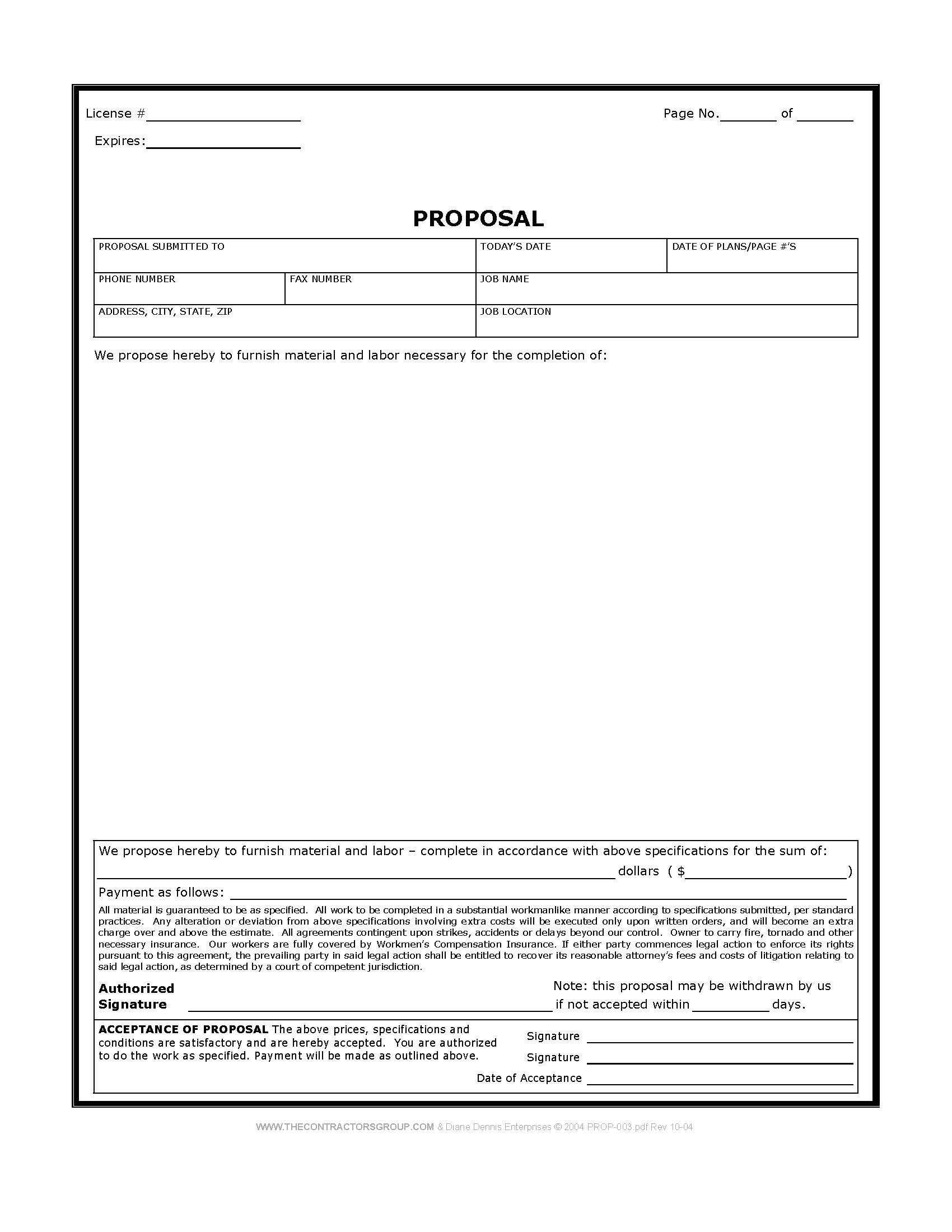
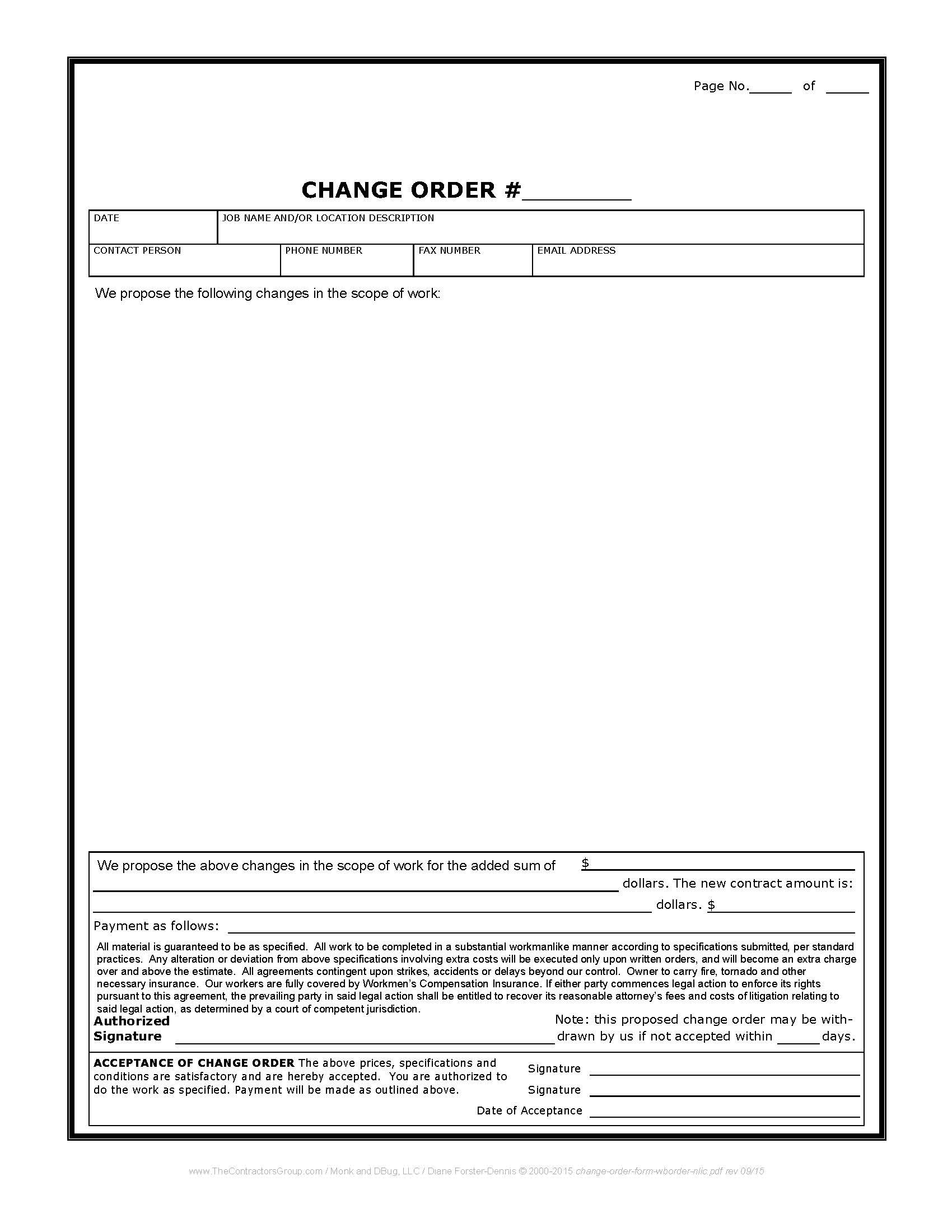
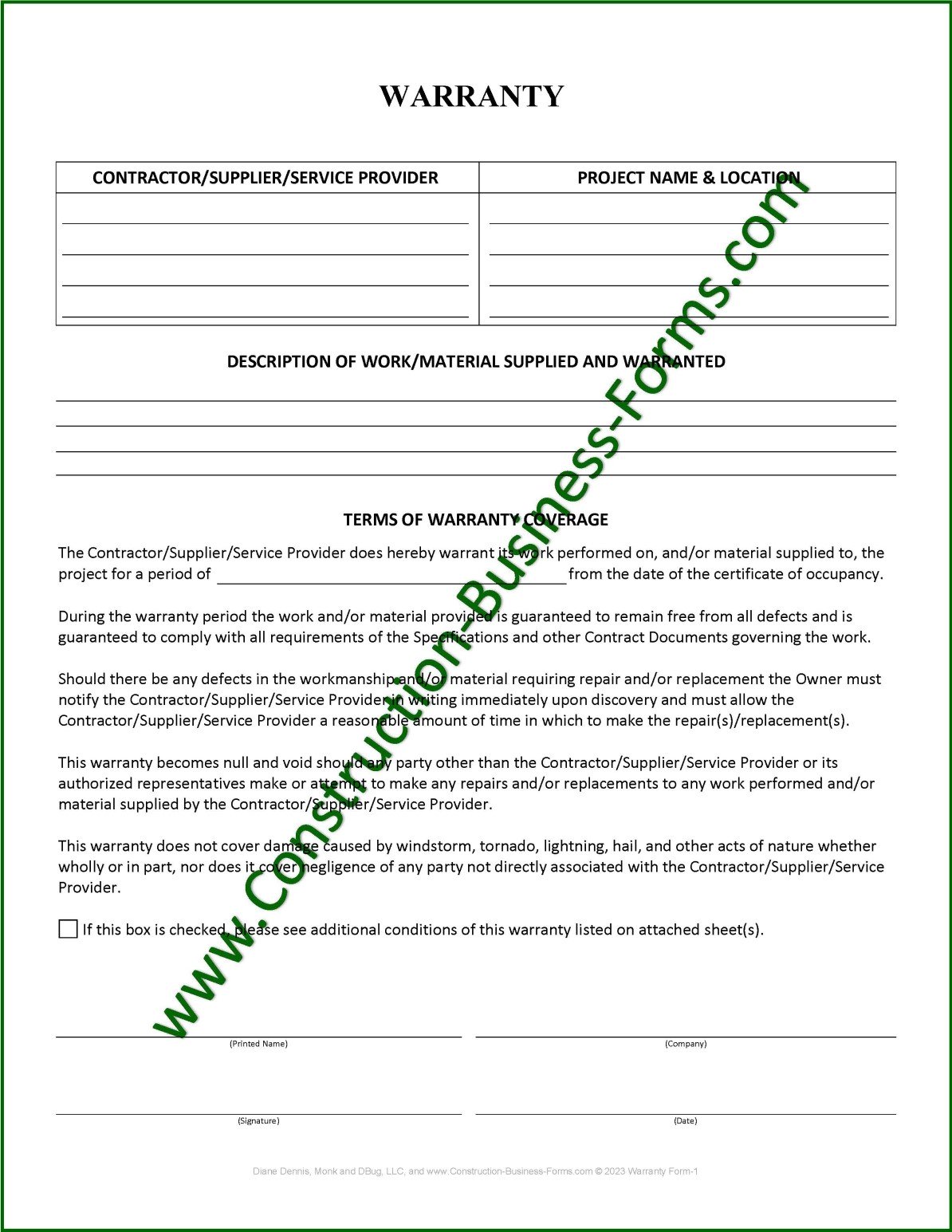
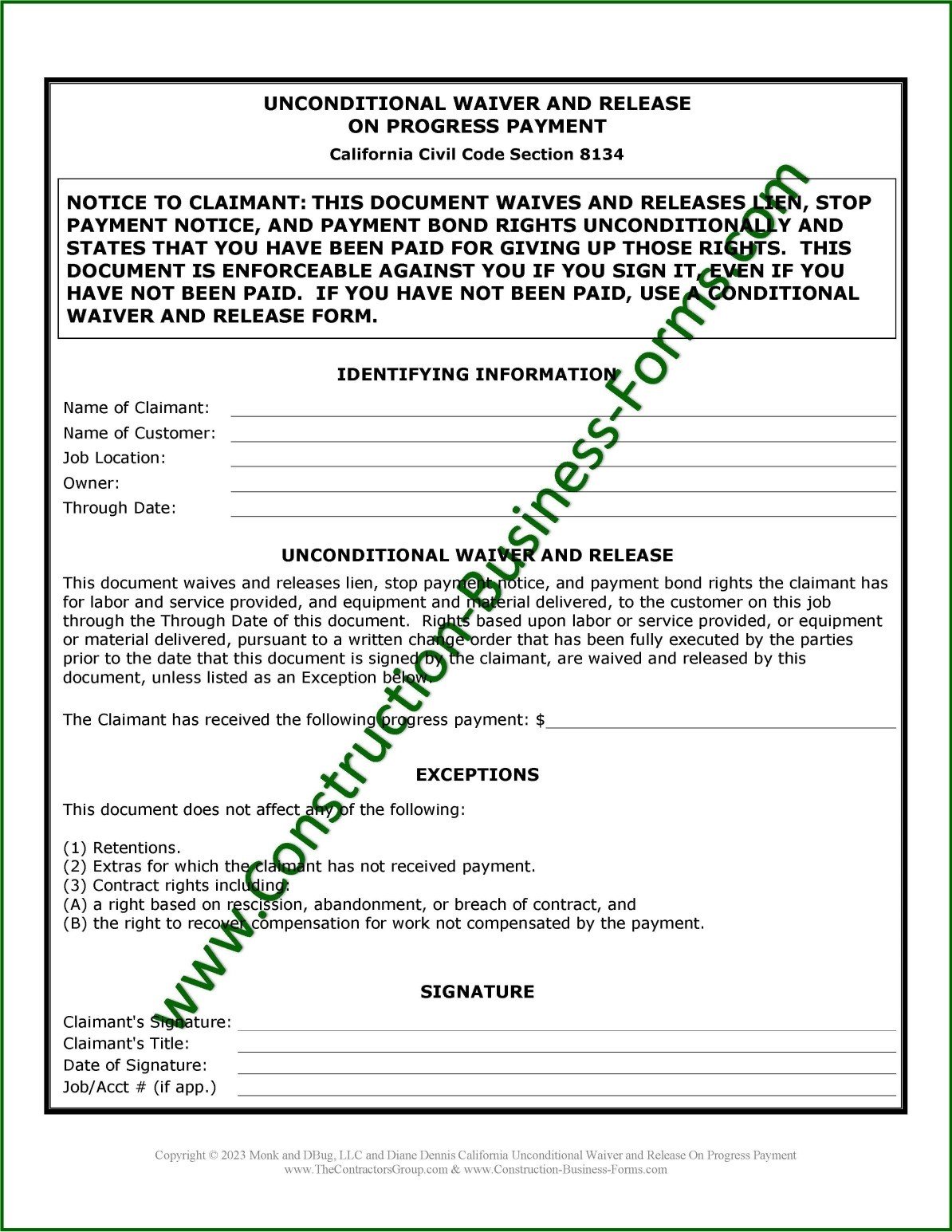
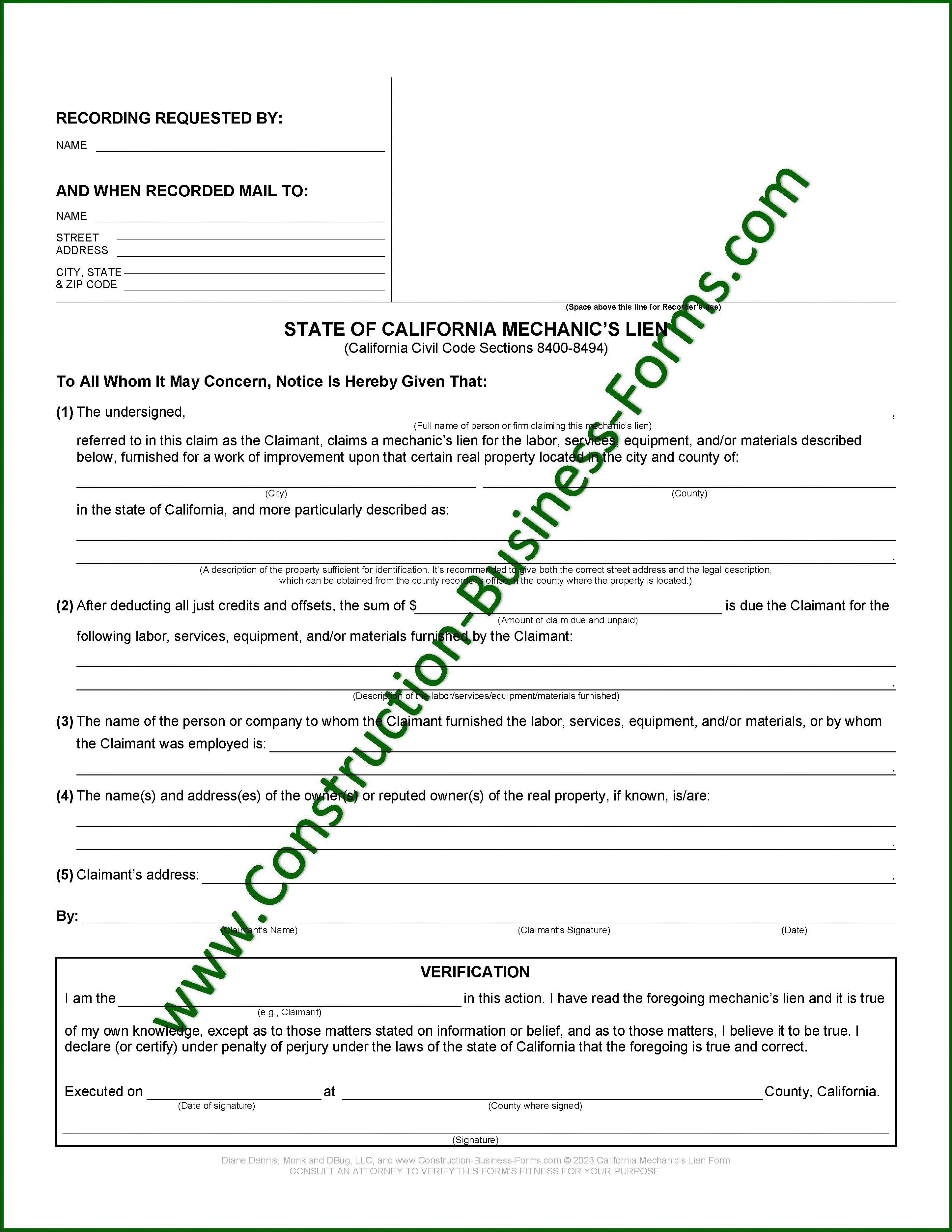
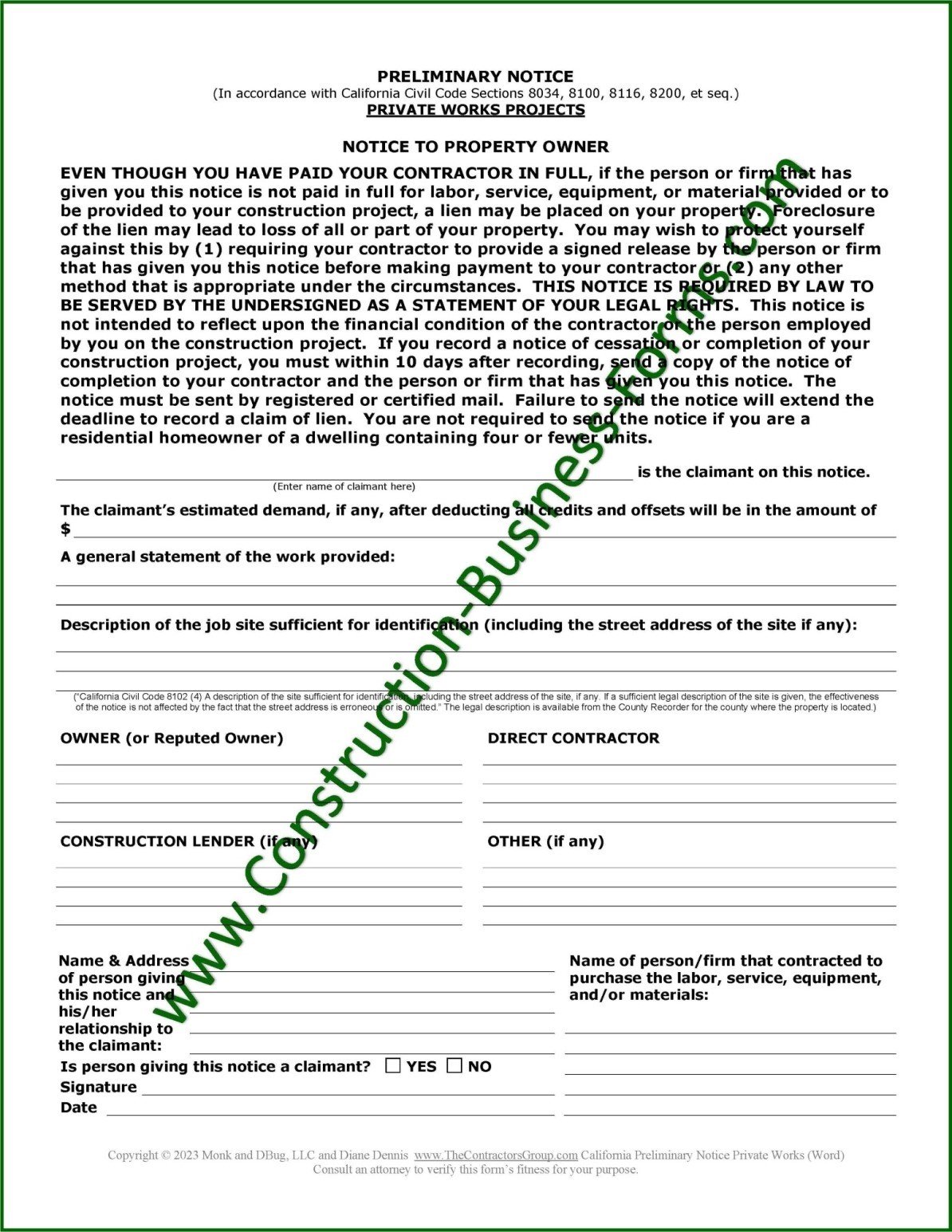



New! Comments
Please leave me your comments below. Facebook doesn't notify me of comments but I'm tickled when I come across them and I always respond when I see them.